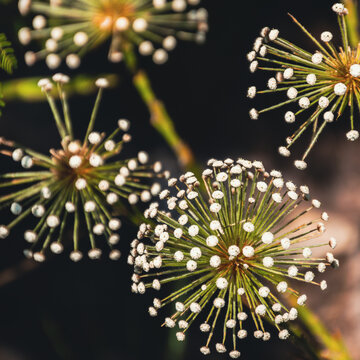Description:
This video highlights the incredible variety of wildflowers found in Serra da Canastra, a protected area in Minas Gerais, Brazil. From rare orchids to vibrant native blossoms, each scene captures the delicate beauty and ecological importance of this unique region. A peaceful journey through nature’s colorful artistry.
History:
Serra da Canastra’s floral diversity is deeply rooted in the history of Brazil’s Cerrado biome, one of the oldest and richest savanna ecosystems on Earth. Over millions of years, the region has developed a vast and resilient range of plant life adapted to its rocky soil and seasonal climate. The establishment of the national park in 1972 helped ensure that these botanical treasures would be preserved for future generations.
Local Traditions and Culture:
The flowers of Canastra are not only beautiful — they are part of local traditions. Many communities use native herbs and flowers for medicinal purposes, teas, and religious celebrations. Handicrafts inspired by floral motifs are also common, reflecting the community’s deep connection to nature and aesthetic expression through art.
Socioeconomic Development:
Botanical tourism has grown alongside ecotourism in the region, attracting visitors interested in nature walks, photography, and environmental education. Local guides, small lodges, and producers of herbal products have benefited from this attention. It’s a sustainable way to share Canastra’s floral wealth while generating income for rural families.
Importance of the Region:
Serra da Canastra is one of the few places where you can see an extraordinary concentration of endemic flowers in their natural habitat. These plants play a vital role in maintaining biodiversity and supporting pollinators, which are essential for ecological balance. The park serves as a living laboratory for botanists and a sanctuary for nature lovers.
Unique Features – Climate and Nature:
The region’s high-altitude plateaus and diverse microclimates create ideal conditions for the growth of rare flowers. The climate alternates between dry winters and rainy summers, encouraging seasonal blooms that transform the landscape. The contrast between rugged terrain and delicate petals makes every visit visually stunning and scientifically valuable.


